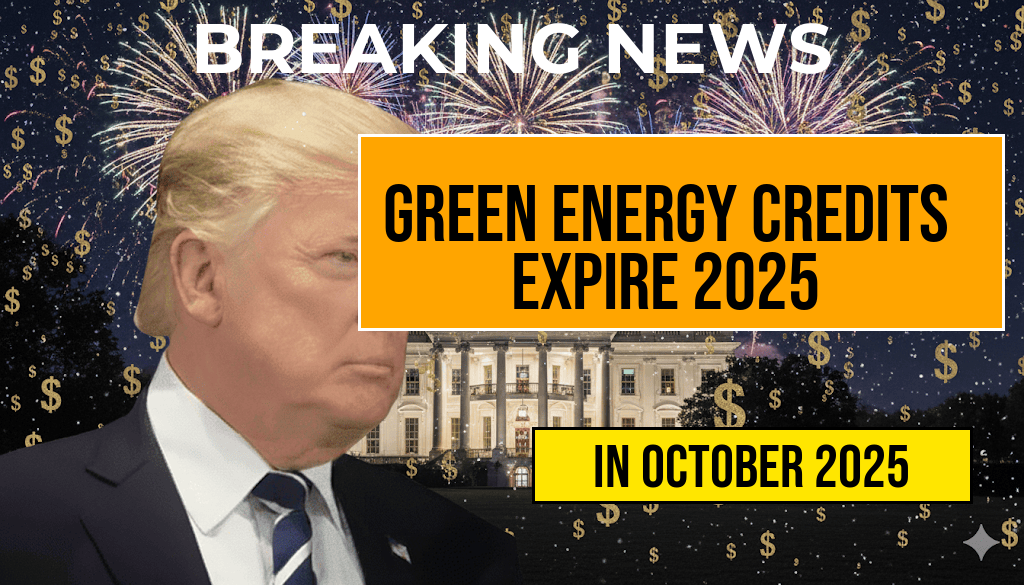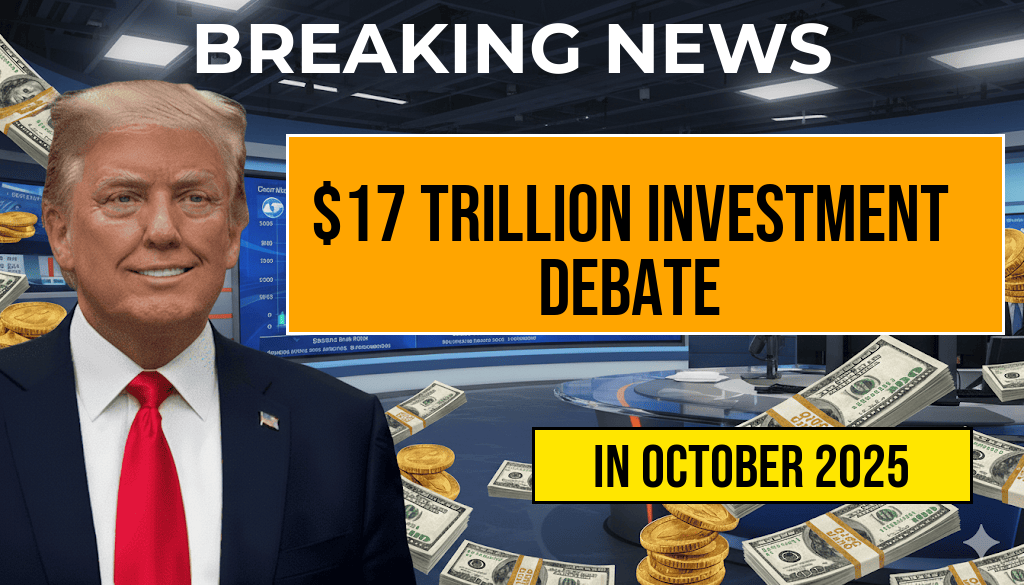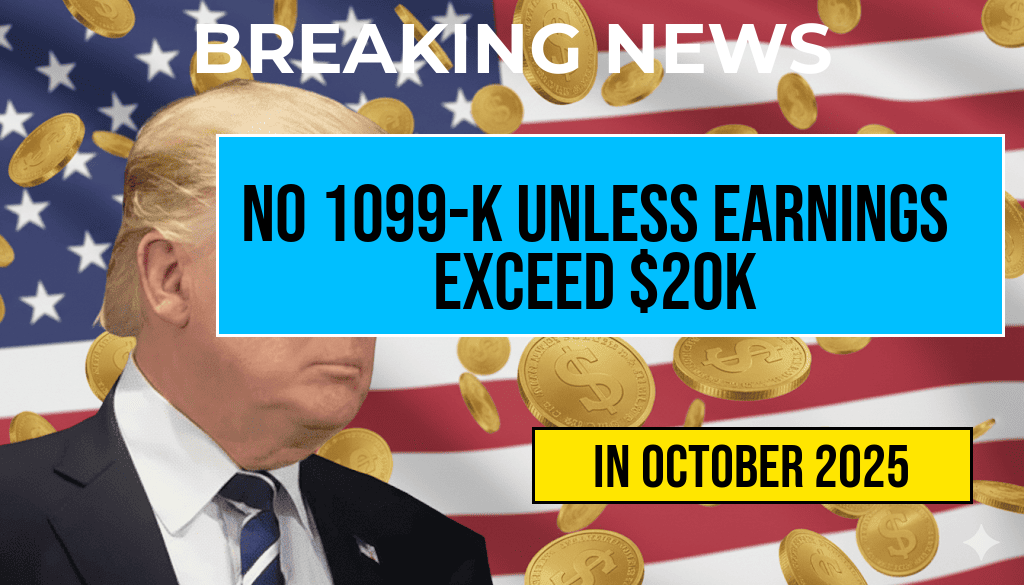Homeowners investing in green energy solutions should pay close attention to upcoming changes in federal tax benefits. Many existing green energy credits, including those for solar, wind, and other renewable installations, are set to expire at the end of 2025. This potential phase-out could significantly impact the financial incentives available for residential renewable energy projects. As policymakers evaluate future climate and energy strategies, understanding the scope and timeline of these credits becomes crucial for homeowners contemplating upgrades or new installations. While some proposals suggest extensions or modifications, current legislation indicates that certain tax benefits will no longer be available beyond 2025, prompting many to consider acting sooner rather than later.
Understanding Existing Green Energy Tax Credits
Federal tax credits have historically served as a catalyst for increased adoption of renewable energy in residential settings. The most prominent among these is the Investment Tax Credit (ITC), which provides a percentage-based deduction for solar panel installations. For example, the ITC has offered a 26% credit for systems installed through 2022, gradually decreasing to 22% in 2023, with plans to expire or reduce further after 2025 unless extended by legislation.
Similarly, the Production Tax Credit (PTC) incentivizes wind energy projects through ongoing production-based credits, primarily utilized in larger-scale installations but sometimes applicable to residential wind systems. Other credits, such as those for geothermal and battery storage, have also contributed to making renewable projects more financially accessible.
These incentives have played a vital role in reducing upfront costs and improving return on investment for homeowners, often offsetting a significant portion of installation expenses. However, with the approaching expiration of these credits, the economic landscape for residential renewable energy installations could shift considerably.
Legislative Outlook and Potential Extensions
Current Legislative Proposals
Several bills introduced in Congress aim to extend or modify existing green energy credits. The Inflation Reduction Act of 2022, for instance, increased the ITC to 30% for systems installed through 2032 and proposed incentives for storage and community solar projects. Yet, these provisions are subject to legislative approval and may not be permanent.
Experts warn that without a legislative extension, the 26% (or reduced) credits scheduled to end after 2025 could lead to a decline in new residential renewable installations, affecting the market and homeowners’ cost savings.
Possible Future Incentive Structures
| Year | Available Credits | Notes |
|---|---|---|
| 2024 | Up to 26% | Extended as part of current policies |
| 2025 | Up to 26% (or possibly lower) | Scheduled expiration if no extension |
| 2026 and beyond | Potential reduction or elimination | Dependent on legislative decisions |
Stakeholders are watching closely, as the expiration could influence market dynamics and homeowner decision-making. Some policymakers advocate for the permanency of these credits to meet broader climate goals and stimulate economic growth in green industries.
Impacts on Homeowners Planning Renewable Projects
Financial Considerations
For homeowners, the coming expiration underscores the importance of timing. Installing solar panels, wind turbines, or energy storage systems before the credits lapse could lead to substantial savings. The average residential solar system costs approximately $20,000 to $30,000, with federal credits covering a significant portion of that expense. Missing the deadline might increase the payback period and reduce overall financial benefits.
Strategic Planning
- Evaluate installation timelines: Start project planning well ahead of the 2025 deadline to maximize incentives.
- Consult professionals: Engaging with licensed installers can help determine the best time to proceed and explore alternative incentives or state-level rebates.
- Consider alternative financing: Explore options like loans or leasing agreements if immediate incentives are unavailable or reduced.
State and Local Incentives
Beyond federal credits, many states offer additional incentives, rebates, or property tax exemptions that can help offset costs regardless of federal policy changes. These programs vary widely and should be factored into long-term planning.
Resources for Homeowners
- Wikipedia: Investment Tax Credit (U.S.)
- Forbes: How Policy Changes Are Shaping Renewable Energy Incentives
- U.S. Department of Energy: Homeowner’s Guide to Solar
Frequently Asked Questions
What are Green Energy Credits and how do they benefit homeowners?
Green Energy Credits are incentives that encourage the adoption of renewable energy sources. For homeowners, these credits can reduce the overall cost of installing solar panels or other renewable systems, providing significant tax benefits and increasing energy savings.
Why are Green Energy Credits expiring in 2025?
The current Green Energy Credits are set to expire in 2025 due to changes in federal policy and legislative updates. This means homeowners should act before this deadline to take full advantage of the available tax benefits.
What should homeowners do before the credits expire in 2025?
Homeowners should consider installing qualifying renewable energy systems and claiming tax credits before the expiration date. Consulting with a tax professional or renewable energy expert can help ensure they maximize their benefits during this window.
Are there any future tax benefits after 2025 for green energy investments?
While current Green Energy Credits are expiring, future tax incentives may be introduced through new legislation or policy changes. Staying informed and working with professionals can help homeowners plan for potential new benefits.
How can homeowners verify if their renewable energy system qualifies for credits?
Homeowners should check with their installer or consult IRS guidelines to ensure their renewable energy system qualifies for Green Energy Credits. Proper documentation and compliance are essential to claim these tax benefits.








